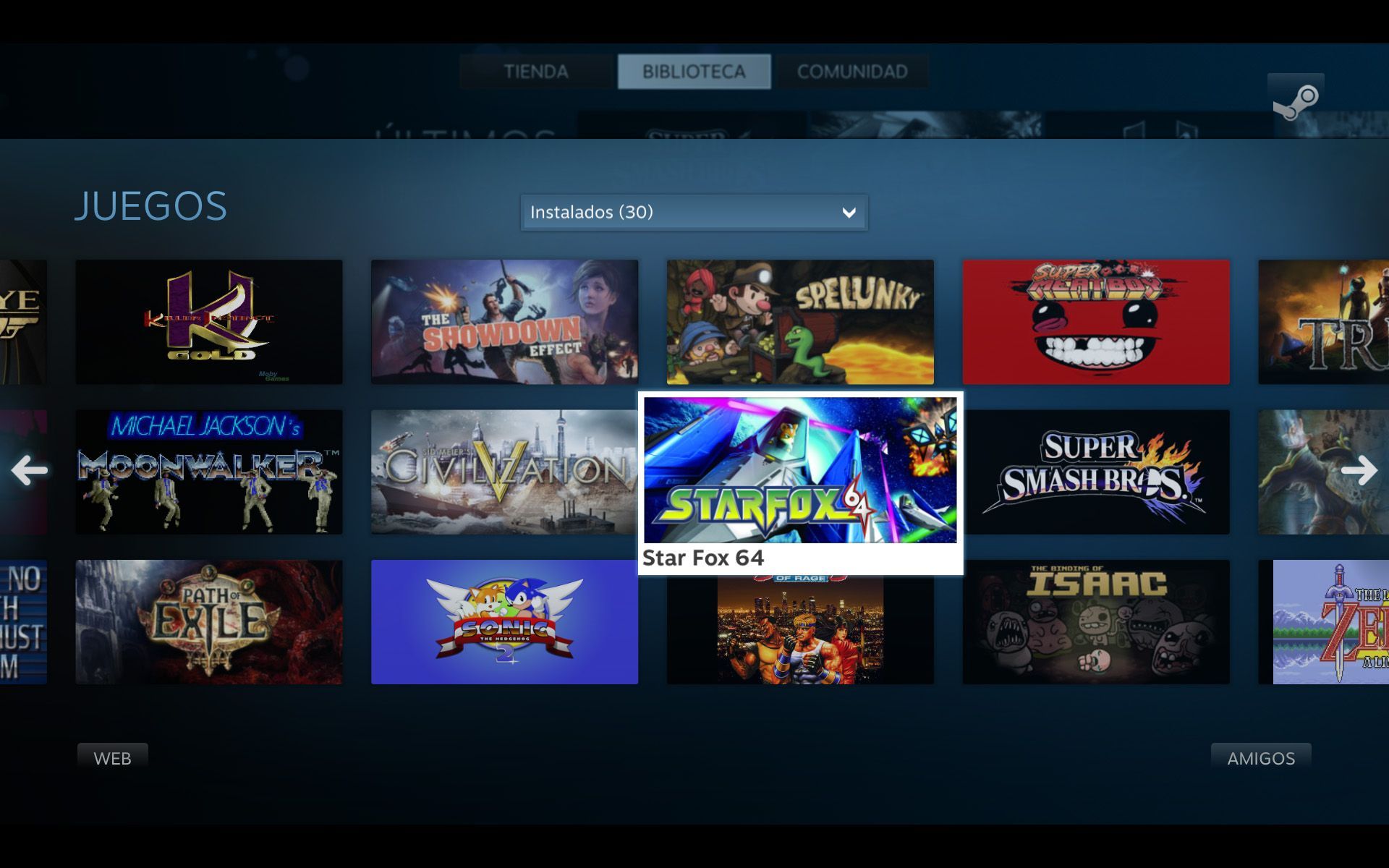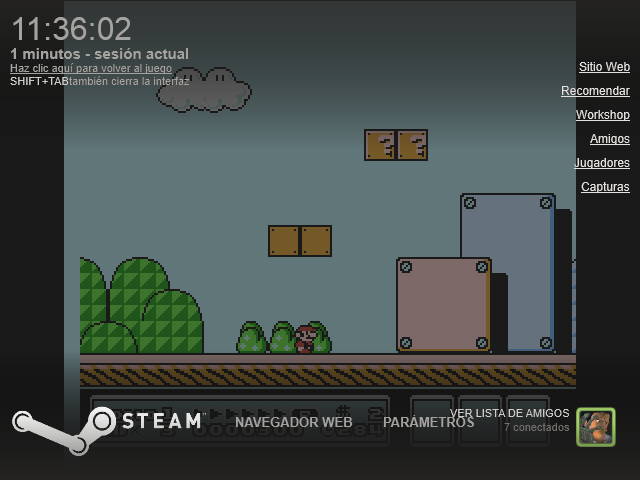Like it or not, Steam is the future of PC gaming. Although the biggest appeal of the Valve platform lies in playing games registered on its service in order to be able to access its achievements system, online modes, and other exclusive features, it’s also possible to add external applications to your Steam catalogue. Ice is a simple program that can automate the process of inserting all sorts of console emulators on Steam, where you can configure your games and even add thumbnails to the menu in order to “merge” them with the rest of your catalogue. Here we’re going to explain how.
Once you’ve downloaded the program and unzipped it into the folder of your choice, you’ll have to modify a few of the text files included in the package by typing in the file paths of both the ROM files and the emulators to load them. I’m going to explain how step by step.

Config.txt – the file path to your ROMs
In this file you’re going to specify the file path where you’ll store the games themselves when you add them to your catalogue. The file path will default to C:\Users\<Username>\ROMs, although you can select your preferred location in the [Storage] section. No need to change anything else, since the [Grid Images] section defines the remote path from which the thumbnails/tiles will be downloaded for each of the games that Ice detects.
Consoles.txt – emulators and file path for each platform
This file could be considered an intermediate step between the ROMs and the emulators themselves. A series of consoles come defined in the list by default according to a fixed structure. Here is an example:
[Nintendo 64] nickname=N64 emulator=
In the brackets you’ll see the name of the console itself, which you don’t have to mess with. “Nickname” allows you to name the subfolder where the games for the console in question will appear inside the ROMs folder that you defined in the previous step. Thus, in this case, you’ll store your Nintendo 64 ROMs at C:\Users\<Username>\ROMs\N64 (if you haven’t modified the default location). Finally, in the emulator section you can write the name of the emulator itself. You can call it whatever you want, since it will serve simply as a key or link when it comes time to modify the last of the three files, as I’ll explain next.
Emulators.txt – the file path for the emulators
Last step. Here is where you’ll associate the name of the already-specified emulator with the hard disk location where it’s found. The following example continues our configuration for Nintendo 64:
[Project64] location=C:\Program Files (x86)\Project64 2.1\Project64.exe command=%l %r
The name inside the brackets must be the same as the one you’ve given the emulator section in consoles.txt. After “location” you’ll type the file path to the emulator executable file. For “command,” just leave that as shown, or have a look over the modification recommendations on Ice’s official website, which provides a specific emulator for each console (although you can actually use whichever emulator you want if you configure it correctly).
Running Ice to configure Steam

You have to do all these steps before running the .exe file, since it will read all the details you’ve already added to include them on your Steam (which must, by the way, be closed when you run the Ice.exe file).
When you launch Ice, you’ll see the entire process running in a command-line window, as it detects each of the games one by one. You may get an error message telling you that an image associated with the game in question has not been found. This usually happens when the name of the ROM includes unnecessary characters. For example, if you have a file called “Paper Mario (Europe) (En,Fr,De,Es).zip,” it’s best to rename it to simply “Paper Mario.zip” so that it’s detected correctly.
After that, you’re going to launch Steam and see the result. When you access your library you’ll see that several different drop-down lists have been created alongside the games you already had. When you click on one of these, the game will automatically launch from its corresponding emulator and all Steam services will be integrated, meaning that if you’re playing and you click Caps + Tab you’ll see the navigation pane with your friends list and shortcuts to other platform services.
What’s the benefit of adding emulators to my Steam?
Mainly, future ease of use. Steam Boxes are just around the corner, and using Steam from your living room connected to your TV is going to become a very normal thing to do. Thanks to the Big Picture mode integrated into Steam a few months ago, it’s now possible to browse through menus and launch games using just your gamepad. Hence, if you get all your favorite emulators configured and integrated with Steam, you’ll have your entire electronic gaming world in one place with an easy-to-use interface that doesn’t require a mouse or keyboard. I know what you’re thinking, PC gamers: Is this a betrayal of our principles? Well… it might be, but no one can say that we’re not on the brink of an exciting future for PC videogames.













Have you eger thought about adding a little bit more thhan just your
articles? I mean, what you say is undamental and all.
However think of if you added some great images or video clips to give your posts more, “pop”!
Yoour content iss excellent but with images and clips, this blog could cesrtainly be one of the most
eneficial inn its field. Excellent blog!